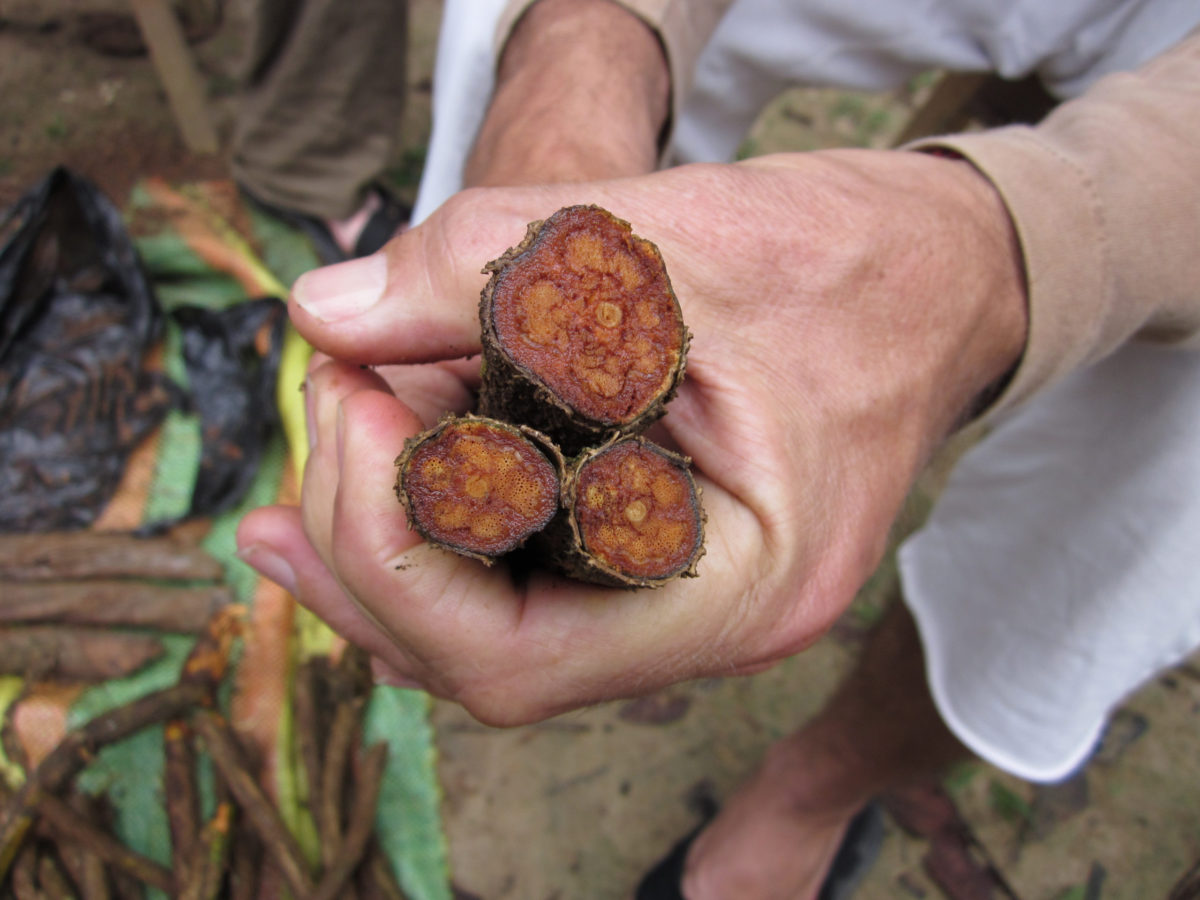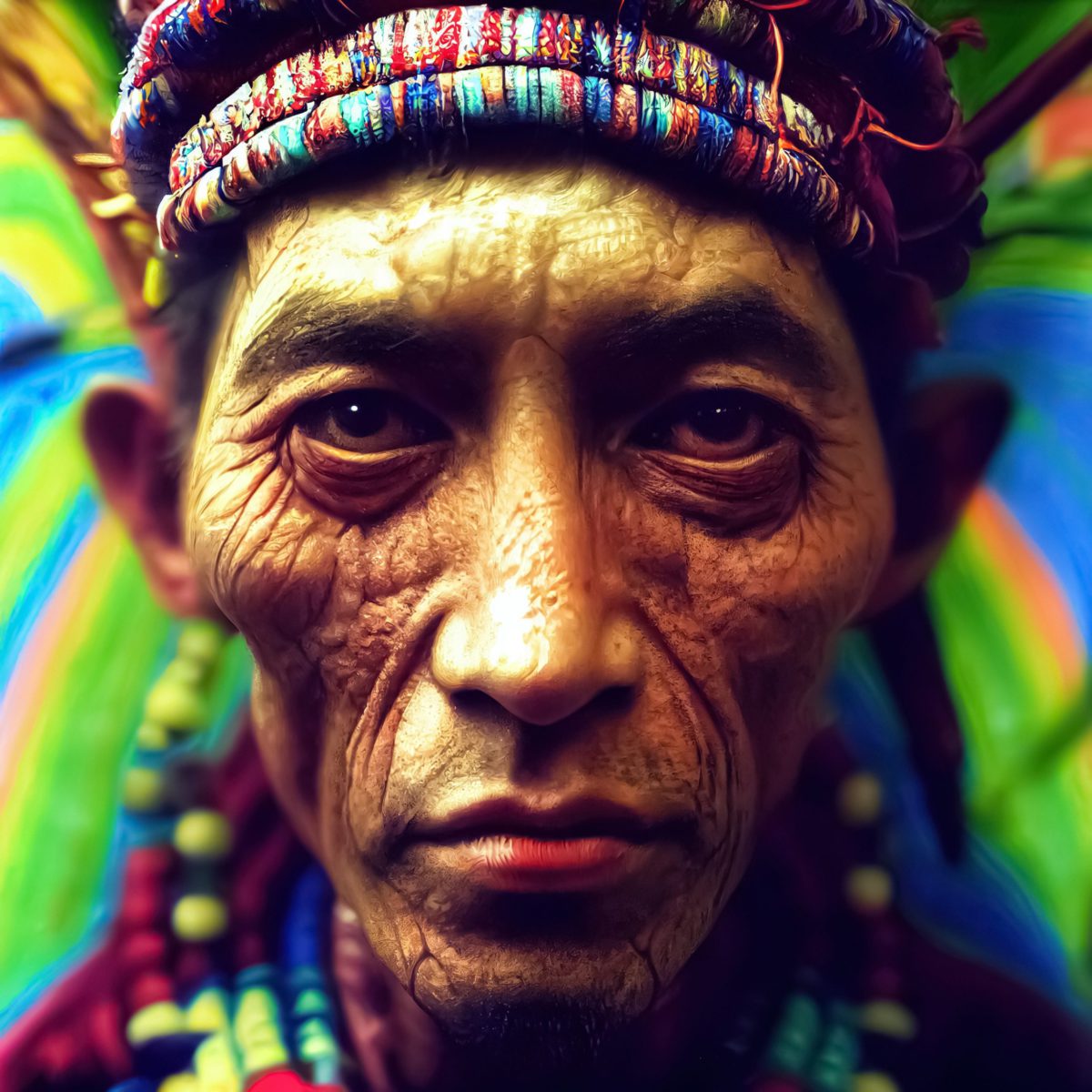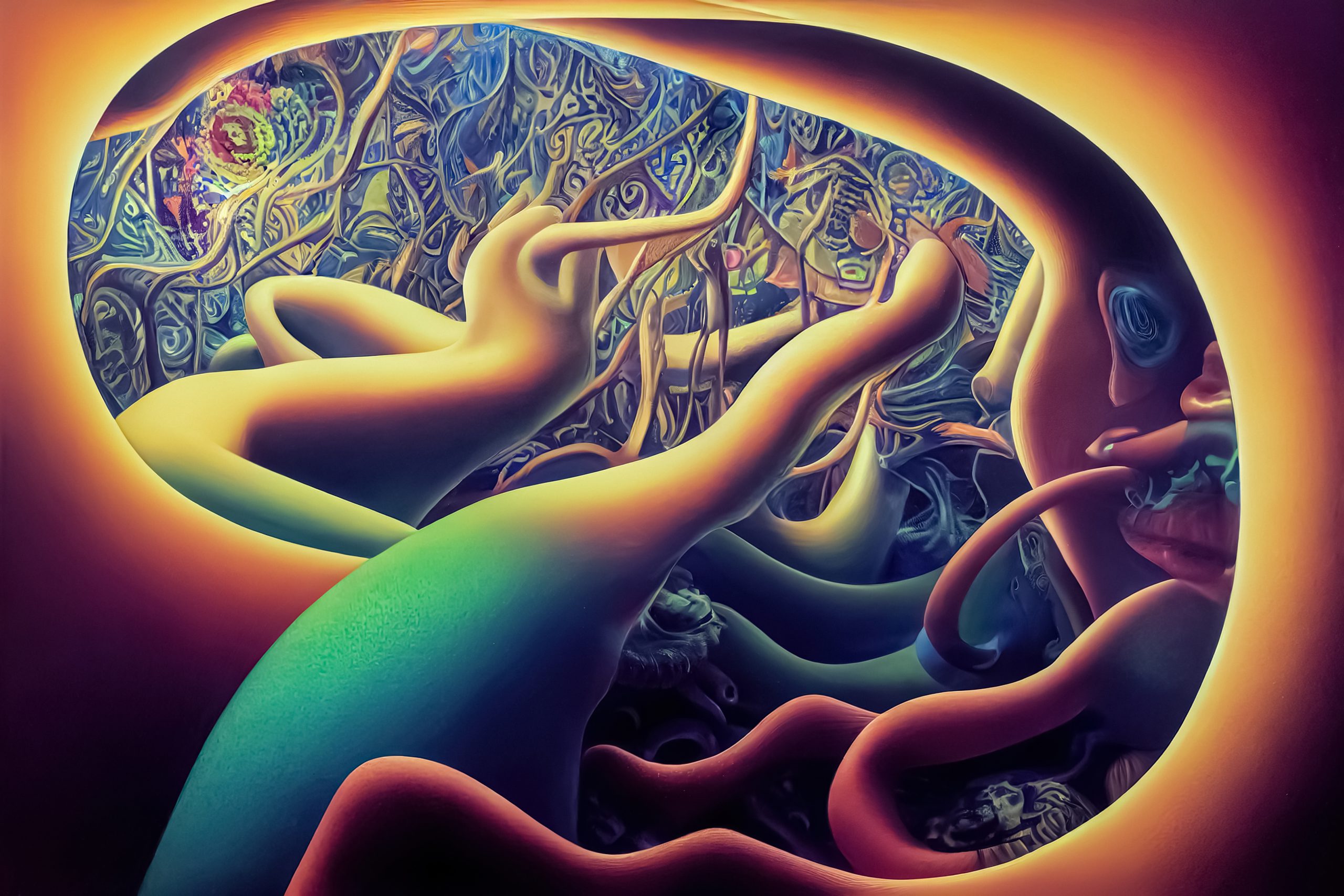Ayahuasca and Us
Ayahuasca and Us
Cultural Appropriation or Spiritual Awakening
Ayahuasca. Spiritual Tourism. Cultural Appropriation. Get crazy-high so you can be more productive on Monday’s meeting. These topics are just the tip of the iceberg of what you’ll read in the next few minutes.
How does Ayahuasca work?
Ok, let’s start from the beginning. Ayahuasca was initially used by indigenous communities in different countries, such as Bolivia, Brazil, Ecuador, and Peru, for medicinal purposes. The psychedelic concoction is made by boiling the leaves and stems of the Ayahuasca vine with the leaves of other plants, such as “chacrona,” “chagropanga,” or “chaliponga.” Yes, you guessed it, the taste is not welcoming at all.
Ingesting the brew triggers a chemical reaction — a pandemonium — inside your brain. Different compounds, such as DMT (dimethyltryptamine), start to act, and you enter a psychedelic state lasting for hours. Oh, and that goes along with the worst vomitive/diarrhea combo you’ve ever experienced. But why is this combo happening?
Remember, this is considered a “purging ritual” where literally and metaphorically negative aspects of both body and mind are expelled. That’s why fasting and a low-key diet are suggested days before the practice. I’ve witnessed tourists that went for local drinks and food the night before, thus starting this venture with a full belly. I’m sure that they had an unforgettable experience.
The ritual or how it’s traditionally ingested
Now, Ayahuasca’s traditional use involves a sacred ceremony led by a shaman or “curandero,” a medicine man who serves as a guide for participants during the experience. After drinking it, a period of introspection and reflection is often accompanied by chanting, singing, and other spiritual practices. For those who haven’t tried it, let me assure you, all those tools really help. It can be a humming, the soft sound of a drum, or a flute, but all these mechanisms act paradoxically, like an anchor and a trampoline simultaneously. They root you in the experience: remind you that you are present in a life-changing event. Still, at the same time, they can suddenly make you fly away into a clump of almost forgotten thoughts and memories.
Meanwhile, the shaman is always lurking. You may think that his job is to make sure of your well-being. Well, yes, but also kind of the opposite. He’s an experienced tribal doctor, and as such, he doesn’t have in mind things that we’re now frighteningly accustomed to thinking about all the time: am I allergic to this? Is my body accepting it? Am I doing ok, or do I need medical assistance? Sorry, but no. He will make sure that you’re getting the correct dosage. Metabolism, height, drug tolerance, and many more factors come into play when you ingest Ayahuasca. Thus, only the Shaman’s experienced eyes can determine how many sips or bowls you need to get an otherworldly experience. Of course, it’s all subjective, and even shamans can make a wrong assessment.
As you may already have noticed, the key aspect here is that Ayahuasca ingestion is considered a sacred tool for healing, self-discovery, and connecting with the natural world. But then… why the heck are we drinking it in a corporate retreat?
Spiritual Tourism: a trending high
A few years ago, scientific research arrived with a new topic, psychedelics. Recent data showed us that these substances can help us to heal psychiatric and drug-abuse-related issues. The data was —and still is— in its early stages, but that was enough for the gold rush to begin. If we hear that there’s a strange plant lost in the Andes that could benefit us, then we should make a business out of it. And, hey! If it even helps you with stuff like “spirituality” and the lot, what a treat!
Fast forward to the present, and we got several companies advertising the benefits of using Ayahuasca with or without the hassles of international traveling. Corporate retreats, couples adventure weekends, Holiday Escapades, you name it.
Spiritual Tourism is the term by which we address this form of traveling. The main objective is to foster personal growth, self-reflection, and a sense of connection to something greater than oneself. The catch here is “transformative experiences.”
Of course, the marketing idea was: Can you get all the benefits without the discomfort of the tropical forest? Could we get this insightful trip in the middle of a beautiful spa? Well, here’s the issue. The rise in popularity of this type of tourism has also led to the appearance of a controversial term: cultural appropriation. A phenomenon also commonly known as: Are we the baddies?
Cultural appropriation: why does it matter?
Ok, let’s quickly remember what the fuzz is all about. Cultural appropriation manifests in several ways. For example, it could be the addition of traditional symbols into fashion, art, or commercial design. Or the use of chants, rhythms, or other musical elements in songs. Or the creation, distribution, or use of derivative cultural items. Wait a second, but then where’s the harm?
In pretty easy terms, it exploits the original community. It directly impacts the cultural element itself; in Ayahuasca terms, it desecrates a sacred practice into a “get your brew today, be more creative tomorrow” way. Moreover, cultural appropriation enables the misallocation of material benefits, particularly financial gains, to those who exploit the culture rather than its rightful owners. Or in other terms, it’s the unethical appropriation of a form of intellectual property that belongs to an indigenous community.
In this situation, the issue at hand is not cultural mockery but rather the unethical exploitation of a sacred practice solely for financial gain.
Ok, should I do it or not? Pros and Cons
On the one hand, supporters argue that this insipid brew can provide profound spiritual experiences that can lead to self-discovery and personal growth. Moreover, utilizing it beyond its intended environment offers an opportunity to extend its therapeutic benefits to a broader range of people.
A critical argument is the growing research supporting the potential therapeutic benefits, particularly for individuals suffering from mental health issues and substance use disorders. For them, this is a health issue, not a cultural one.
On the other hand, critics argue that the commercialization and mass consumption of Ayahuasca has resulted in the exploitation of aboriginal cultures from several countries and the commodification of their sacred practices.
They argue that there’s no effort to understand the cultural context of the Ayahuasca rituals and its established practices. Those customs existed for a reason and evolved over hundreds of years. In other words, our practices are irresponsible. There are also concerns that the experience has been “watered down” to cater to our sensibilities, which of course, are not the same as the ones in which the brew originated.
The last sip
Recognizing the potential advantages and drawbacks of Ayahuasca use beyond its traditional context is vital. Promoters of Ayahuasca could argue that it has the potential to catalyze spiritual growth and healing. The health-focused perspective contends that it can alleviate depression, anxiety, PTSD, and other mental health issues. However, opponents of Ayahuasca maintain that the escalating demand for this plant has resulted in cultural appropriation.
While Ayahuasca may offer a transformative experience for some individuals, it is essential to approach the practice with respect and awareness of its cultural context. Furthermore, initiatives should be undertaken to guarantee that Ayahuasca use is safe, sustainable, and considerate of indigenous communities and their legacy.
For me, the issue of using it outside of its traditional environment is complex, with valid arguments on both sides. Ultimately, the best approach to address this issue is by considering it from a more comprehensive perspective.
—-Author Bio
Sandra Fletcher is a valued writer for soul-herbs.com, where she shares her deep knowledge about Ayahuasca and its cultural, spiritual, and psychological impacts. Her fascination with indigenous rituals and their psychological implications led her to an immersive Ayahuasca experience in the Amazon rainforest. Now, through her engaging writing, Sandra brings her insights about this ancient ritual to a global audience on soul-herbs.com.
Sponsored content
Gallery
Recent Articles
2025 Year In Review
•
December 31, 2025

Loading...
A Tale of Crescendo ~ Chapter 5: The War Begins; Chapter 6: The Great Hall
- Bill Kurzenberger
Jorma Kaukonen 85th Birthday Celebration in San Francisco – Concert Review
- Kyle Siegrist
A Tale of Crescendo ~ Chapter 3: The West & The East; Chapter 4: The First Crescendo
- Bill Kurzenberger





